From an unknown language to the Nazca Lines
Three archaeological mysteries will soon be able to be solved by artificial intelligence, scientists hope. AI is being relied upon to decipher the unknown language found on Bronze Age tablets dating back to 1800 BC. And the first word from the lost library, buried as a result of the Pompeii volcanic eruption, has already been found.
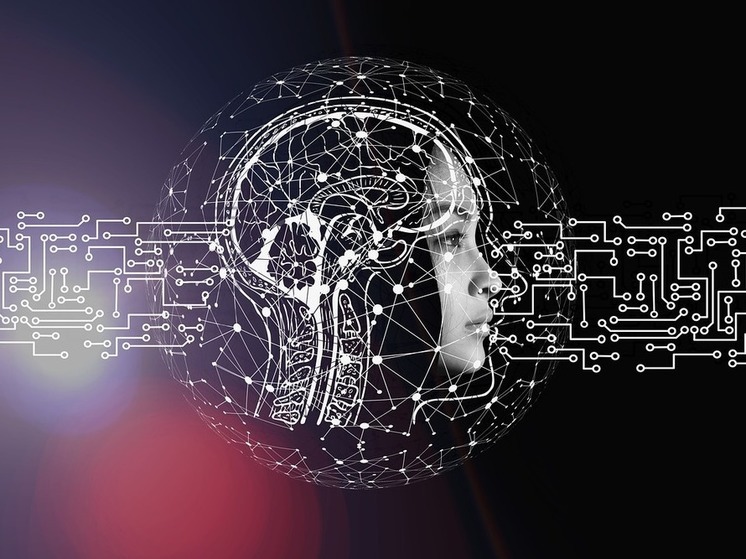
Artificial intelligence's uncanny ability to spot patterns in large amounts of data could finally unravel some of the ancient world's most difficult mysteries, writes the Daily Mail.
Researchers working with companies such as IBM and Google's Deepmind are on the verge of deciphering ancient texts that were once considered unreadable, and even “hacking” an unknown language that existed almost two millennia before Christ.
Artificial intelligence allows researchers to scan images much faster than humans, and these techniques could answer fundamental questions about the history of language and potentially uncover lost works of Greek and Roman writers.
The mysterious unknown «Linear A» language discovered on tablets in Crete in 1900 has never been deciphered, but artificial intelligence may be able to crack the code, notes the Daily Mail.
Among the world's most famous examples of unknown languages, stones and tablets written in the strange language «Linear A» are believed to be the primary script used by the Minoan civilization, a Bronze Age kingdom led by King Minos.
1,400 tablets in «Linear A» language date back to 1800 BC. and, despite numerous efforts, were never deciphered — another, newer font found on tablets on the island, “linear B”, was cracked in 1953.
The breakthrough came as researchers realized that repeated words in the language could be the names of places on the island and that the letters of “linear B” might be similar to ancient Greek writing.
But “linear A” is much more a difficult task, since the «progenitor language» is completely unknown — and no text in this language has ever been translated.
Arthur Evans, the researcher who found the tablets, said that the letters of «linear A» are one of the most early writings that have been discovered, and that their similarities to the drawings show that this writing occupies an important place in the evolution of human language.
Researchers at MIT and Google's Deepmind artificial intelligence lab used artificial intelligence to automatically translate Linear B texts — the first time this has been done, raising hopes that AI will one day be able to decipher Linear A texts.
Numerous researchers are using techniques such as data mining and natural language processing to identify patterns in linear AI.
A team from MIT and Deepmind are working on a new system that can decipher lost languages by exploring the relationships between different languages.
Scrolls from Roman Herculaneum were discovered in ruins near Pompeii — surprisingly fragile charred scrolls, preserved from a volcanic eruption in 76 AD, says the Daily Mail.
During a volcanic eruption, Herculaneum was buried under scalding mud, and the scrolls were found in 1750 in a luxurious villa believed to have belonged to Julius Caesar's father-in-law.
Unlike other libraries of the period, which decayed from exposure to air, the scrolls survived but were still unreadable.
Artificial intelligence could finally offer researchers a way to read passages from the scrolls that remained undeciphered for nearly two millennia after the volcanic eruption.
The study, led by Professor Brent Seales of the University of Kentucky and receiving a cash prize from Silicon Valley investors, uses artificial intelligence models to decipher the scrolls.
Computer science students used CT scanning (similar to X-ray scanning) and artificial intelligence to » read» the notes on the papyrus scroll.
The Herculaneum Scrolls are the only library surviving from classical times, and researchers hope there may be undiscovered works by the poets and playwrights of ancient Greece and Rome.
A computer science student discovered the first word — «purple» — from one scroll , winning $40,000 in the Vesuvius Challenge.
«This word is our first dive into an unsolved ancient book reminiscent of royalty, wealth and even ridicule. What does the context reveal? Pliny the Elder explores 'purple' in his Natural History as the process of producing Tyrian purple from shellfish,» said Professor Seales «The Gospel of Mark describes how Jesus was mocked while wearing purple robes before being crucified. What this particular scroll says is not yet known, but I believe it will be revealed soon.»
< p style="text-align: center;">
Nazca Lines, depicting animals and strange humanoids, including one described as an «astronaut», were first found in 1927, but no one explained their purpose.
Conspiracy theorists suggest that the huge lines spanning the Nazca plateau could have been created by aliens, writes the Daily Mail.
Scientists suggest they were most likely used as processional paths, and their sheer scale is such that they are visible to the gods.
Artificial intelligence is now speeding up the process of discovering new Nazca lines, which were carved into the Peruvian landscape by humans between 500 BC. and 500 AD.
Researchers at Yamagata University have now sped up the process of discovering new Nazca lines by 21 times using «deep learning» in partnership with IBM, and are now using artificial intelligence to find «geoglyphs» missing in previous searches.
Researchers are in a race against time as erosion and climate change put geoglyphs at risk. The scientists write: “It is critical to identify and protect as many geoglyphs as possible.”
By being able to discover more of the mysterious geoglyphs, researchers hope to understand more about how and why they were created.




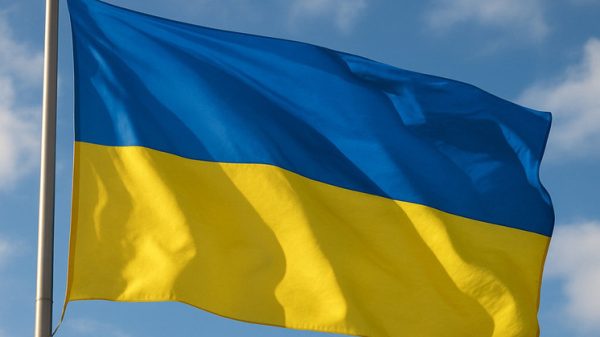





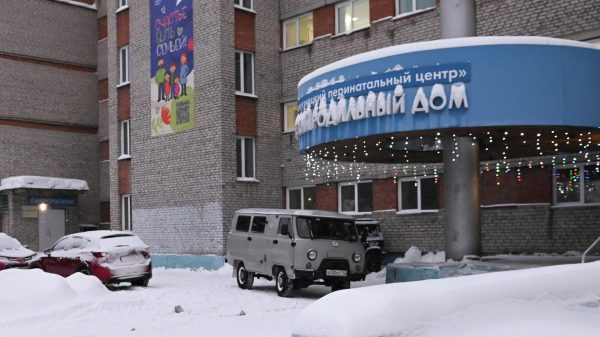







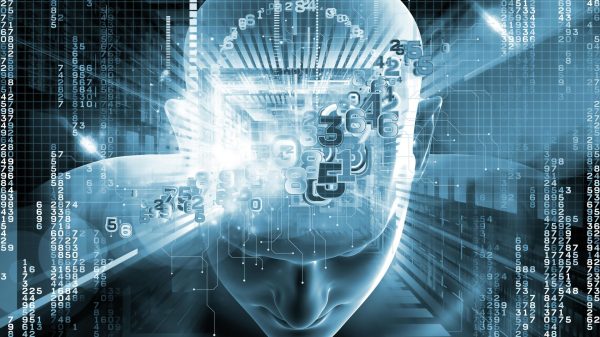

















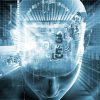





















Свежие комментарии